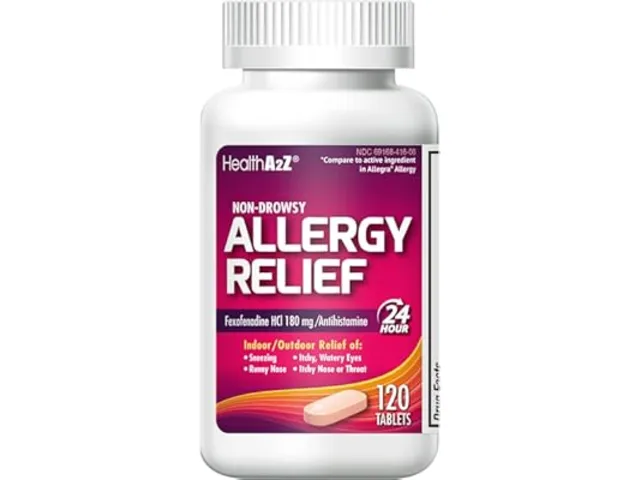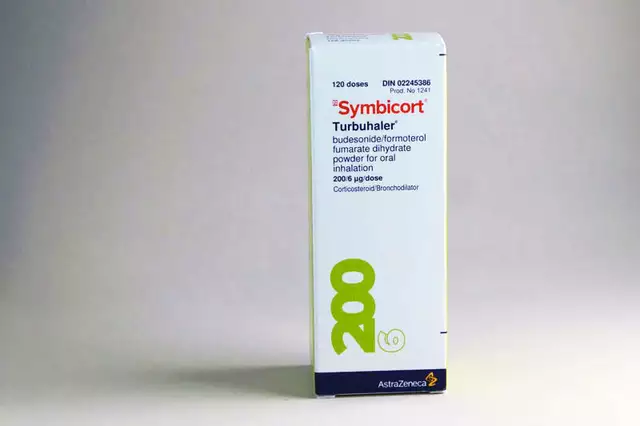Antifungal medication: practical info on treatments, safety, and buying online
Fungal infections are common — from athlete’s foot to nail fungus to yeast infections. This page gives clear, useful info on the main antifungal medicines, how to use them safely, and smart ways to buy them online. No fluff, just the facts you need to feel confident about treatment and choices.
Antifungals come in three main forms: topical (creams, sprays), oral (pills), and IV for severe cases. Topicals work well for skin and mild yeast infections. Oral drugs treat nail infections, persistent skin infections, or internal fungal infections. IV antifungals are used in hospitals for serious systemic infections.
Topical options you’ll often see include clotrimazole, miconazole, ketoconazole, and nystatin. These are easy to use: clean and dry the area, apply as directed, and keep using for the recommended time even after symptoms fade. Stopping early is the main reason infections come back.
Common oral antifungals are terbinafine, fluconazole, itraconazole, and griseofulvin. Terbinafine works well for fungal nails and usually needs several weeks. Fluconazole is common for vaginal yeast and some skin infections. Oral drugs are stronger but can affect the liver and interact with other medicines, so a quick check with your doctor is wise before starting.
How antifungals work and safety basics
Most antifungals interfere with the fungal cell membrane or cell wall, which stops growth and kills the fungus. That’s why they target fungi specifically and not your cells. Still, side effects happen: topical irritation, redness, or itching are common. Oral drugs can cause nausea, headaches, and more seriously, liver problems or skin reactions.
Before taking oral antifungals, tell your provider about other meds you use. Azoles like fluconazole and itraconazole can raise levels of statins, certain blood thinners, and some anxiety meds. Your doctor may change doses or pick a different drug. If you have liver disease, pregnancy, or are breastfeeding, get medical advice — some antifungals aren’t safe in those situations.
Buying antifungal meds online — what to watch for
If you buy online, choose licensed pharmacies that require a prescription when needed. Red flags include very low prices, no contact info, or international sites that don’t show a license. Read recent customer reviews and check for secure payment options. Ask the online pharmacist questions before ordering; a legit service will answer.
See a doctor if the infection spreads, if symptoms don’t improve after treatment, or if you have a weakened immune system. Nail and scalp fungal infections often need longer treatment and sometimes lab testing to confirm the cause. When in doubt, a quick consult prevents wasted time and helps avoid resistant infections.
Want help choosing the right antifungal? Talk to your pharmacist or health provider, and keep treatment simple: follow directions, finish the course, and watch for side effects. That approach gives you the best chance to beat the infection fast.

Where and How to Buy Terbinafine Online Safely: A Buyer’s Guide
Learn where and how to buy Terbinafine online safely, including tips on legit pharmacies, what to look for, and how to protect your health and wallet.
MedicationsLatest Posts
Tags
- online pharmacy
- medication
- dietary supplement
- side effects
- online pharmacy UK
- medication safety
- mental health
- impact
- online pharmacies
- dosage
- skin health
- health
- pain relief
- dietary supplements
- massage therapy
- medication side effects
- eye inflammation
- health benefits
- mental health treatment
- thyroid medication




